Home>Furniture & Design>Outdoor Furniture>How To Prevent Maggots In An Outdoor Trash Can
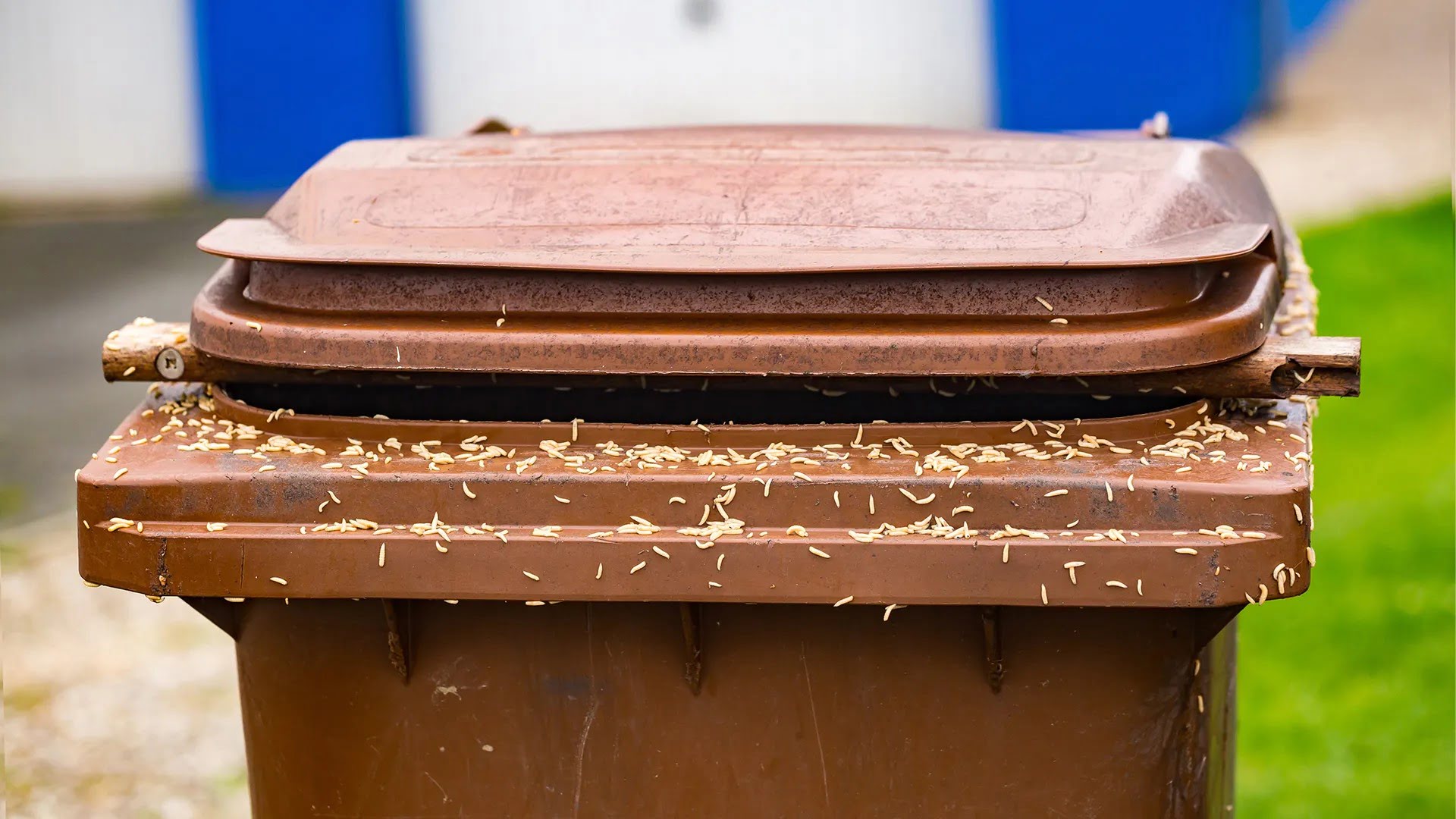

Outdoor Furniture
How To Prevent Maggots In An Outdoor Trash Can
Modified: March 24, 2024
Learn effective methods to prevent maggots in your outdoor trash can and keep your outdoor furniture and design clean and pest-free. Discover simple tips to maintain a sanitary and odor-free outdoor living space.
(Many of the links in this article redirect to a specific reviewed product. Your purchase of these products through affiliate links helps to generate commission for Storables.com, at no extra cost. Learn more)
Introduction
When it comes to maintaining a clean and odor-free outdoor space, one of the most common challenges is preventing maggots from infesting the trash can. The sight of wriggling maggots in the trash can can be disturbing and unhygienic, not to mention the unpleasant odor they emit. However, with the right preventive measures and proper maintenance, you can effectively keep maggots at bay and ensure that your outdoor trash can remains clean and pest-free.
In this comprehensive guide, we will explore various strategies to prevent maggots from infesting your outdoor trash can. From understanding the root of the problem to implementing proactive maintenance and using insect repellents, we will cover all the essential steps to help you maintain a pristine and sanitary outdoor environment. Whether you are a homeowner, a business owner, or a facility manager, the insights provided in this guide will empower you to tackle the issue of maggot infestation with confidence and efficiency.
So, let's delve into the world of outdoor trash can maintenance and learn how to thwart the invasion of maggots, ensuring that your outdoor space remains clean, fresh, and free from pesky pests.
Key Takeaways:
- Keep your outdoor trash can clean and sealed to prevent maggots. Regular maintenance, proper sealing, and using insect repellents are key to keeping pests away and maintaining a hygienic outdoor space.
- Understanding the root causes of maggot infestation and implementing preventive measures such as regular cleaning, using insect repellents, and securing the trash can can help maintain a pest-free outdoor environment.
Read more: What To Put In Trash Can To Prevent Maggots
Understanding the Problem
Before delving into the preventive measures, it’s crucial to understand why maggots are drawn to outdoor trash cans in the first place. Maggots, the larval stage of flies, are typically attracted to decomposing organic matter, especially food waste. When food scraps and other organic materials are discarded in the trash can, they create an ideal breeding ground for flies. Flies are naturally drawn to the scent of decaying organic matter, and they lay their eggs in these environments, leading to the emergence of maggots.
Outdoor trash cans, particularly in warm and humid climates, provide the perfect conditions for the rapid decomposition of organic waste, which in turn attracts flies and facilitates maggot infestation. Additionally, if the trash can is not properly sealed or if there are any leaks or spills inside, it further amplifies the attractiveness of the environment for flies and maggots.
Furthermore, overfilled trash cans with protruding or loosely sealed garbage bags are more susceptible to fly infestation, as they offer easy access to the decaying organic material. Inadequate cleaning and maintenance practices can exacerbate the problem, allowing the infestation to persist and potentially spread to surrounding areas.
Understanding the root cause of the issue is essential for implementing effective preventive measures. By addressing the factors that contribute to maggot infestation, such as the presence of decomposing organic waste, unsealed trash cans, and poor sanitation practices, you can proactively mitigate the risk of infestation and maintain a hygienic outdoor environment.
Proper Trash Can Maintenance
Effective trash can maintenance is paramount in preventing maggot infestation and ensuring a clean and pest-free outdoor environment. By implementing proper maintenance practices, you can significantly reduce the risk of attracting flies and creating an environment conducive to maggot proliferation.
Here are essential steps for maintaining your outdoor trash can:
- Regular Bag Replacement: Replace the trash bag frequently to prevent the accumulation of food residue and organic waste at the bottom of the can. This practice minimizes the potential food sources for flies and disrupts their breeding grounds.
- Thorough Cleaning: Regularly clean the interior and exterior of the trash can with a mixture of water and mild detergent. This helps remove any residual food particles and odors that may attract flies. Rinse the can thoroughly and allow it to dry completely before placing a new trash bag.
- Proper Sealing: Ensure that the trash can lid fits securely and tightly to prevent flies from accessing the contents. If there are any gaps or cracks, consider repairing or replacing the lid to maintain a secure seal.
- Drainage Maintenance: Check for any liquid buildup at the bottom of the trash can and promptly address it. Excess moisture can accelerate the decomposition of organic waste and create an attractive environment for flies and maggots.
- Regular Inspection: Periodically inspect the trash can for signs of wear, damage, or pest activity. Address any issues promptly to prevent them from escalating and creating vulnerabilities that could lead to infestation.
By incorporating these maintenance practices into your routine, you can effectively minimize the factors that attract flies and create conditions conducive to maggot infestation. Proper trash can maintenance not only deters pests but also contributes to a cleaner and more hygienic outdoor space for you and your community.
Using Insect Repellents
In addition to proactive maintenance, employing insect repellents can serve as an effective line of defense against flies and maggots, further safeguarding your outdoor trash can from infestation. There are several repellent options and preventive measures that can be integrated with your trash can maintenance routine to enhance protection against pests.
Here are some strategies for using insect repellents:
- Commercial Repellent Sprays: Utilize commercially available insect repellent sprays specifically designed to deter flies and other pests. These sprays are formulated to repel insects upon contact and can be applied to the exterior and interior surfaces of the trash can and its lid.
- Natural Repellents: Consider natural repellents such as essential oils with strong insect-repelling properties. Peppermint, eucalyptus, and citronella oils are known for their ability to deter flies and other pests. Dilute the essential oil of your choice with water and spray the solution around the perimeter of the trash can to create a deterrent barrier.
- Hermetic Bags: Invest in hermetic or airtight trash bags designed to contain and seal in odors and prevent the attraction of flies. These specialized bags provide an additional layer of protection against pest infiltration and help contain the scent of decomposing waste.
- Ultrasonic Repellent Devices: Explore the use of ultrasonic repellent devices that emit high-frequency sound waves to deter flies and other insects. These devices are designed to be environmentally friendly and can be placed near the trash can to create an insect-repelling zone.
Integrating insect repellents into your pest management strategy can fortify the effectiveness of your trash can maintenance efforts, creating an inhospitable environment for flies and maggots. By combining repellents with regular cleaning and sanitation practices, you can establish a robust defense system that minimizes the risk of pest infestation and preserves the cleanliness of your outdoor trash can.
Regularly clean your outdoor trash can with a mixture of water and vinegar to remove any food residue that may attract flies and maggots. Keep the lid tightly closed to prevent flies from laying eggs in the trash.
Regular Cleaning and Disinfecting
Consistent cleaning and disinfecting routines are essential for mitigating the risk of maggot infestation in outdoor trash cans. By incorporating thorough cleaning practices into your maintenance regimen, you can effectively eliminate residual odors and organic matter that attract flies and serve as breeding grounds for maggots.
Here are key steps for regular cleaning and disinfecting:
- Use Vinegar Solution: Create a cleaning solution using equal parts of water and distilled white vinegar. This natural solution is effective in neutralizing odors and disinfecting the interior of the trash can. Apply the solution generously and allow it to sit for a few minutes before rinsing thoroughly.
- Baking Soda Application: Sprinkle baking soda inside the trash can to absorb odors and moisture. Baking soda serves as a natural deodorizer and can help inhibit the growth of bacteria and fungi that contribute to the decomposition of organic waste.
- Sunlight Exposure: When possible, allow the clean and rinsed trash can to air-dry in direct sunlight. Sunlight has natural disinfecting properties and can aid in eliminating any lingering odors and microbial activity.
- Regular Deodorizing: Incorporate the use of deodorizing products specifically formulated for trash cans. These products help maintain a fresh and odor-free environment while deterring flies and other pests.
- Sanitize Surrounding Areas: Extend the cleaning efforts to the immediate vicinity of the trash can. Remove any spilled debris or food particles in the surrounding area to minimize potential attractants for flies.
By diligently adhering to a cleaning and disinfecting schedule, you can disrupt the conditions that facilitate maggot infestation and create an inhospitable environment for pests. Regular cleaning not only prevents odors and pest attraction but also contributes to the overall cleanliness and hygiene of your outdoor space.
Securing the Trash Can
Ensuring the proper security and containment of your outdoor trash can is fundamental in preventing maggot infestation and deterring pests from accessing the contents. By implementing measures to secure the trash can and minimize vulnerabilities, you can significantly reduce the risk of fly and maggot infiltration.
Here are effective strategies for securing the trash can:
- Sturdy Lid Fastening: Verify that the trash can lid is securely fastened and tightly sealed after each use. If the lid is equipped with latches or fastening mechanisms, ensure they are engaged to prevent pests from prying it open.
- Weighted Lid or Bungee Cord: Consider using a weighted lid or attaching a bungee cord to firmly secure the lid in place. This additional measure helps fortify the barrier against pests and prevents them from accessing the contents of the trash can.
- Elevated Placement: Position the trash can on an elevated surface, such as a platform or stand, to minimize direct contact with the ground. This elevation reduces the likelihood of pests, including rodents, gaining access to the trash can from below.
- Enclosure or Fencing: Create a designated enclosure or install a protective fencing around the trash can to restrict access by pests. This physical barrier serves as a deterrent and enhances the security of the trash can.
- Nighttime Storage: If feasible, store the trash can in a secure and enclosed area during nighttime to limit exposure to pests and minimize the risk of infestation.
By prioritizing the security of your outdoor trash can, you can effectively reduce the likelihood of maggot infestation and maintain a clean and pest-free environment. These preventive measures not only safeguard the contents of the trash can but also contribute to the overall cleanliness and sanitation of your outdoor space.
Conclusion
Maintaining a clean and pest-free outdoor environment begins with proactive measures to prevent maggot infestation in your outdoor trash can. By understanding the root causes of the problem and implementing effective preventive strategies, you can create a sanitary and odor-free space while minimizing the risk of pest infestation.
From regular maintenance and cleaning to the strategic use of insect repellents and the secure containment of the trash can, each step plays a crucial role in fortifying the defense against maggots and flies. By integrating these practices into your routine, you can ensure that your outdoor trash can remains free from infestation, contributing to a cleaner and more hygienic outdoor living or working environment.
Remember that consistent adherence to these preventive measures is key to long-term success. Regular inspection and maintenance, coupled with proactive pest management, will help you maintain a pristine outdoor space that is free from the unsightly presence of maggots and the associated odors and hygiene concerns.
By taking a proactive approach to outdoor trash can maintenance, you can enjoy a clean, fresh, and pest-free environment, enhancing the overall quality of your outdoor living or working space. With these strategies at your disposal, you are well-equipped to prevent maggot infestation and maintain a welcoming outdoor environment for yourself, your family, or your community.
Frequently Asked Questions about How To Prevent Maggots In An Outdoor Trash Can
Was this page helpful?
At Storables.com, we guarantee accurate and reliable information. Our content, validated by Expert Board Contributors, is crafted following stringent Editorial Policies. We're committed to providing you with well-researched, expert-backed insights for all your informational needs.
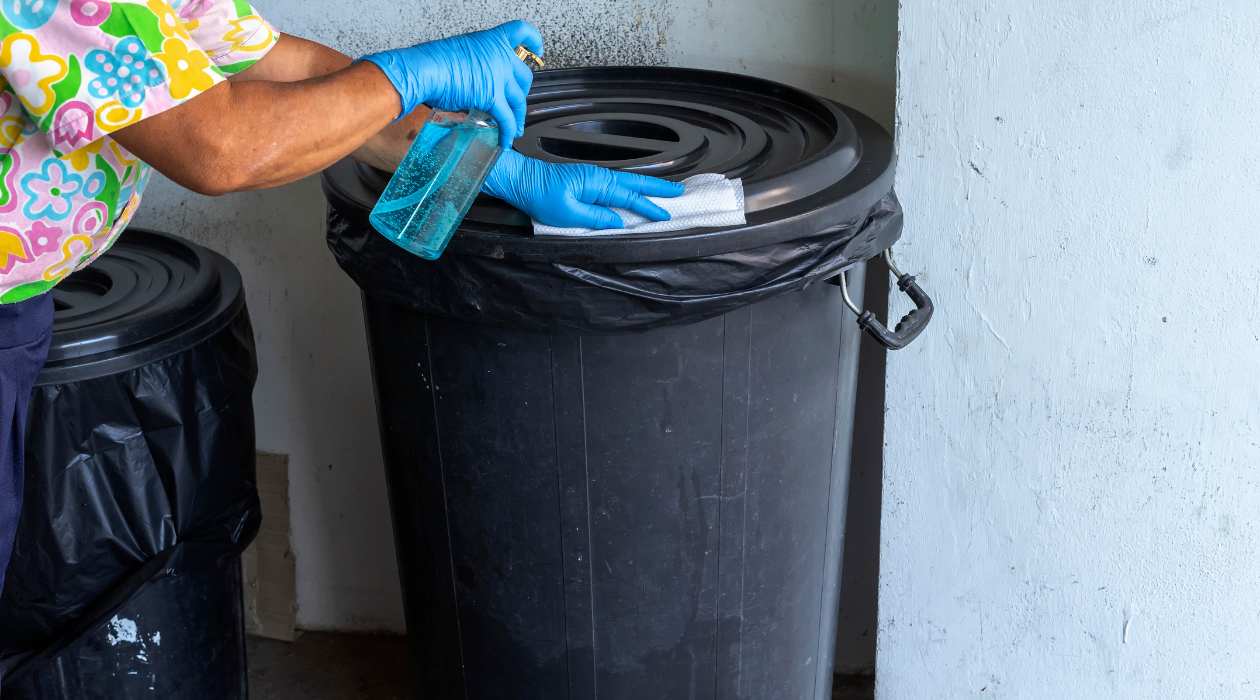
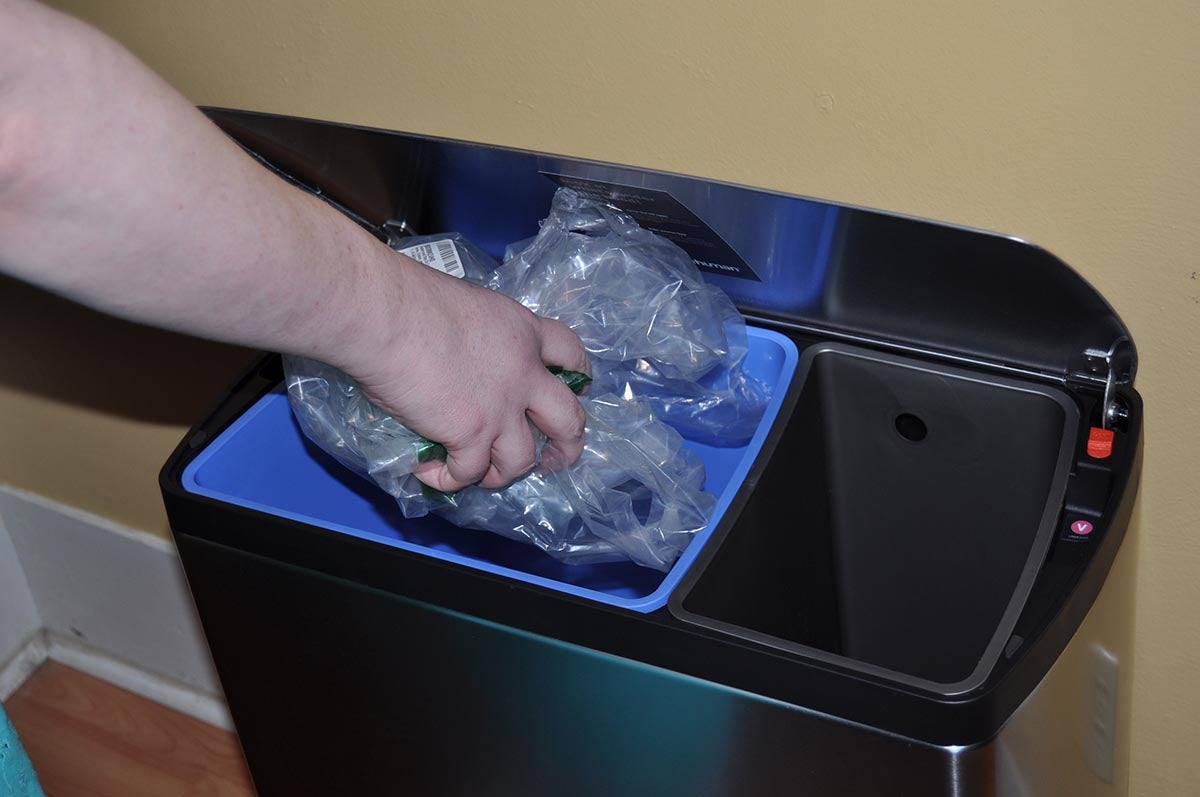
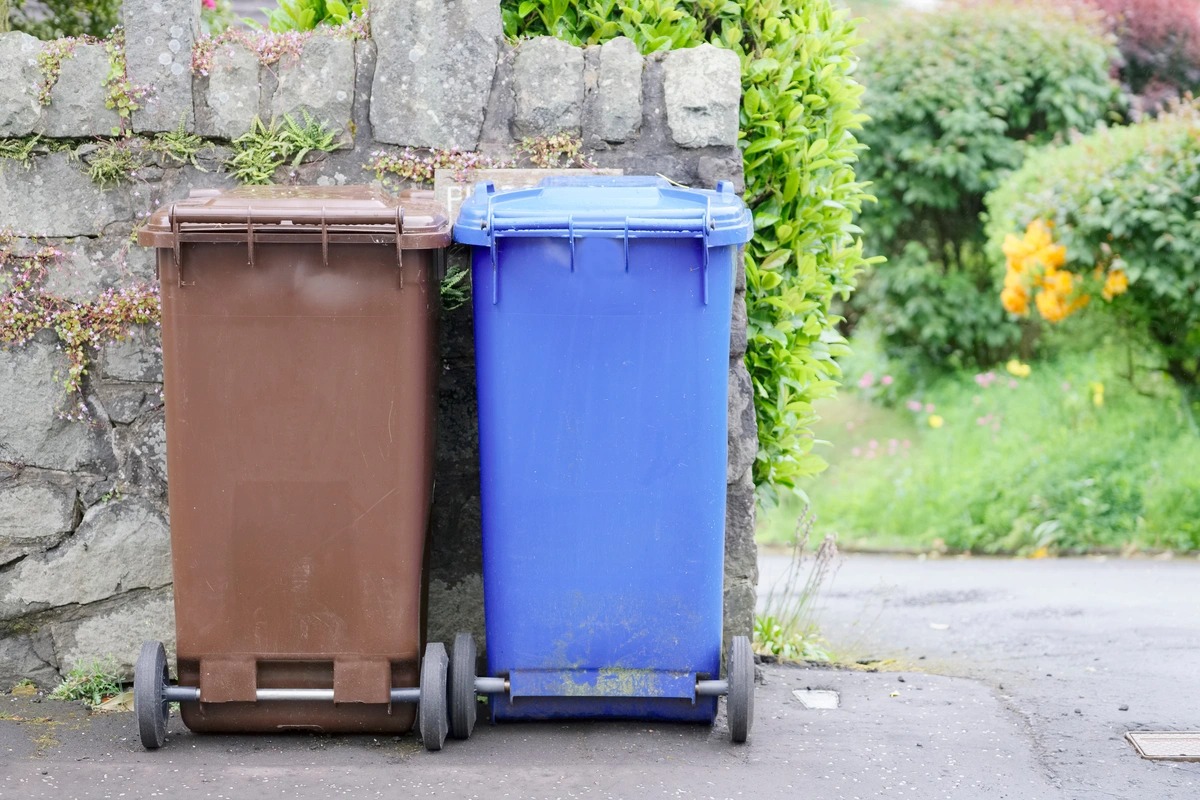
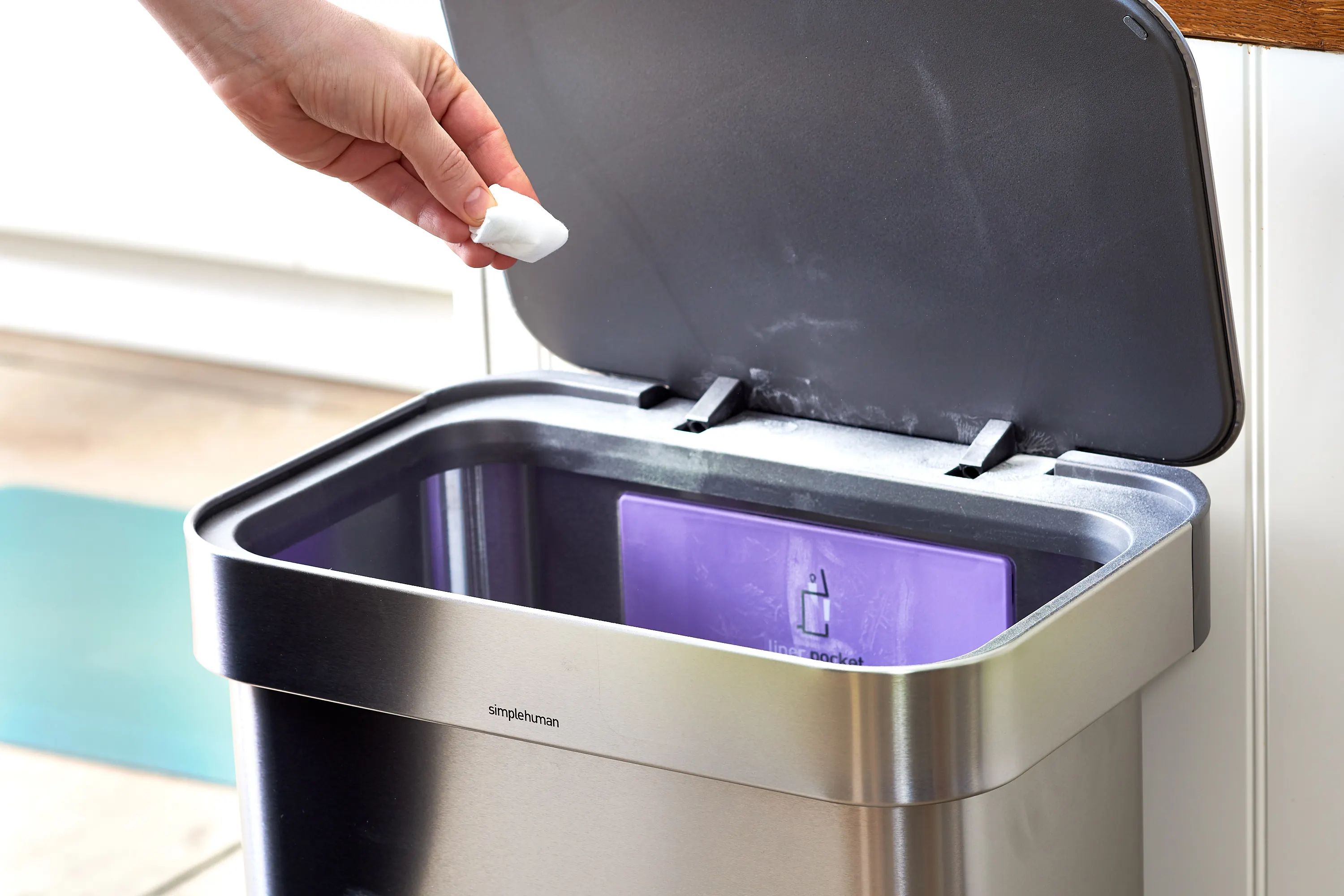
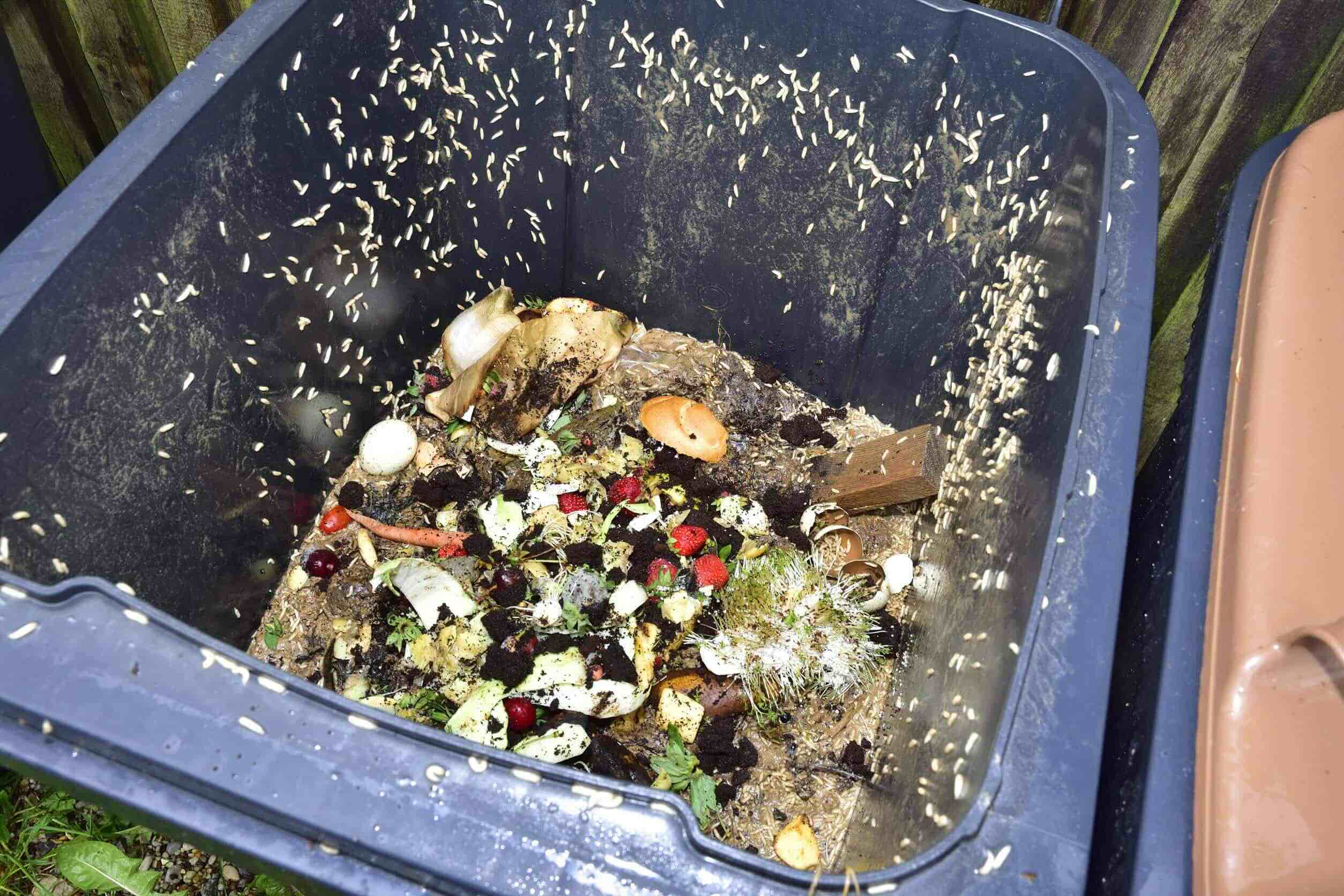
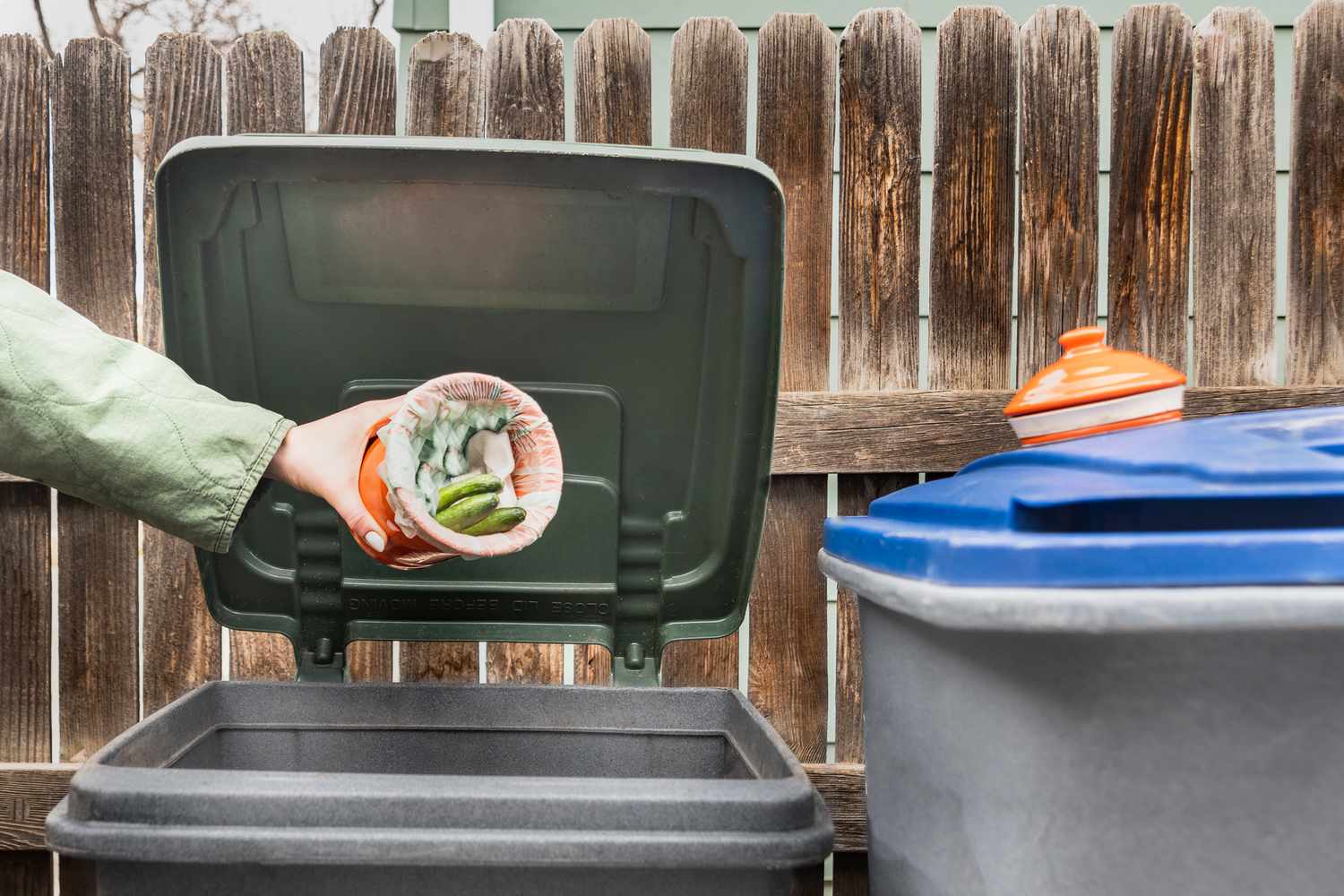
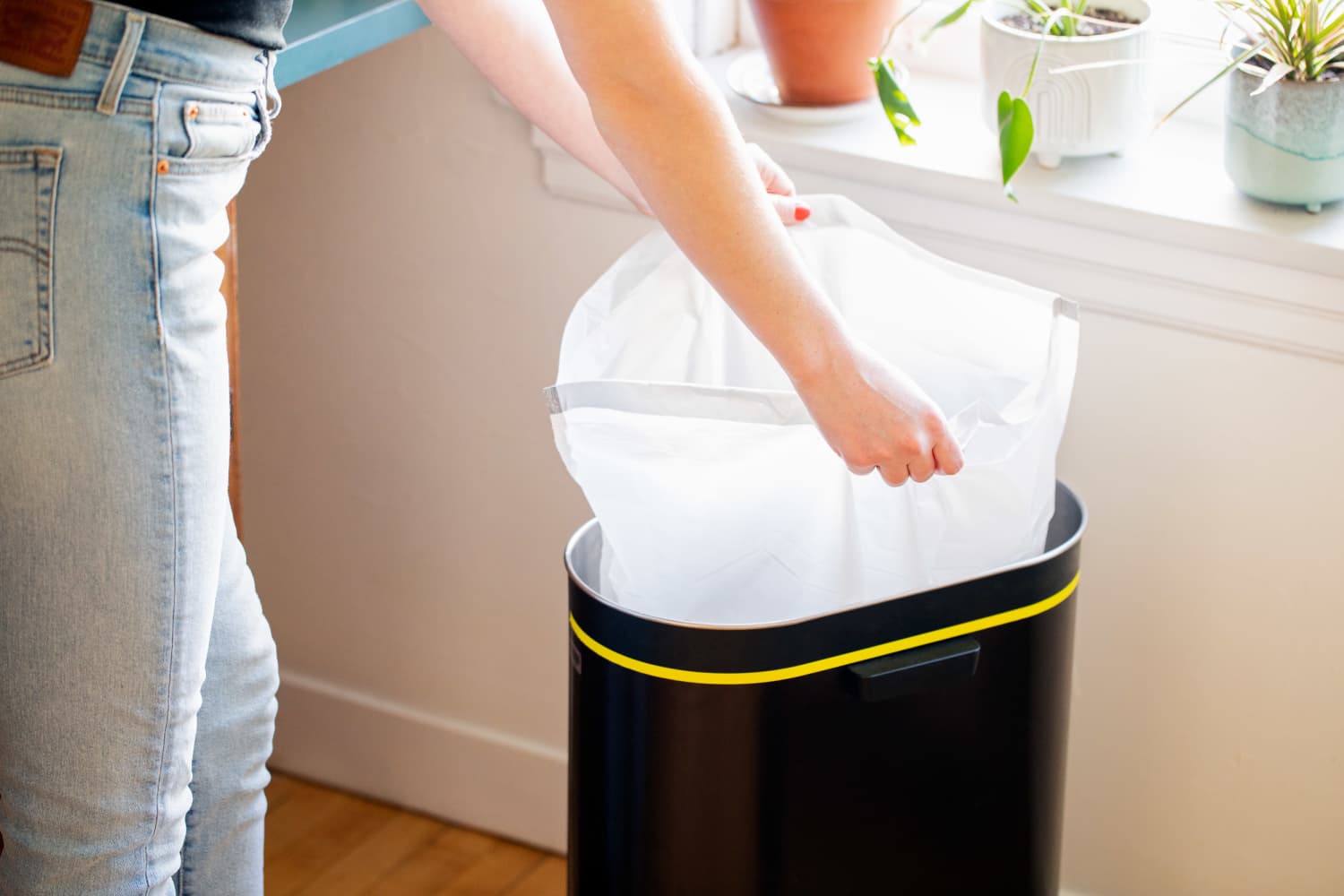
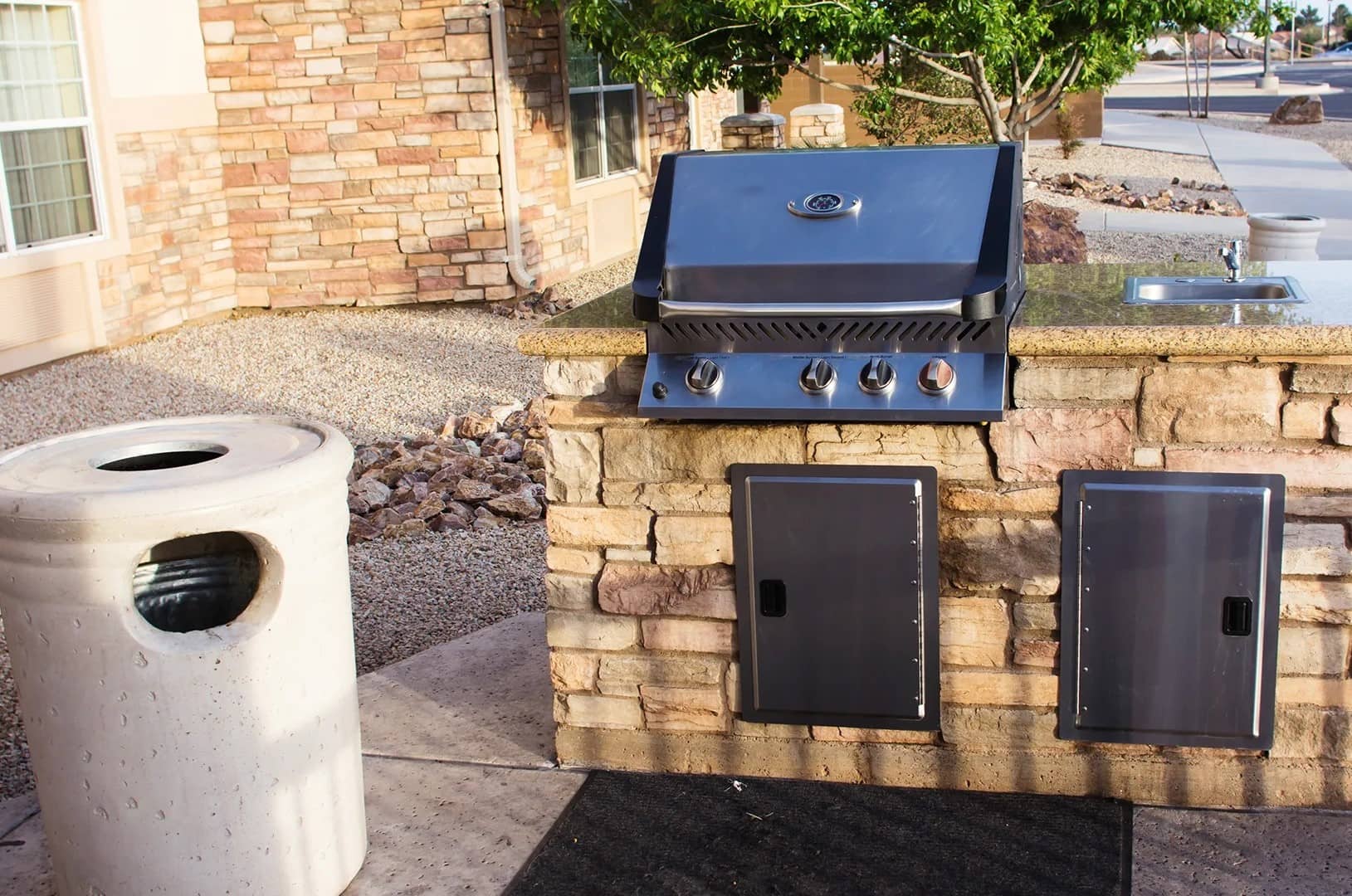
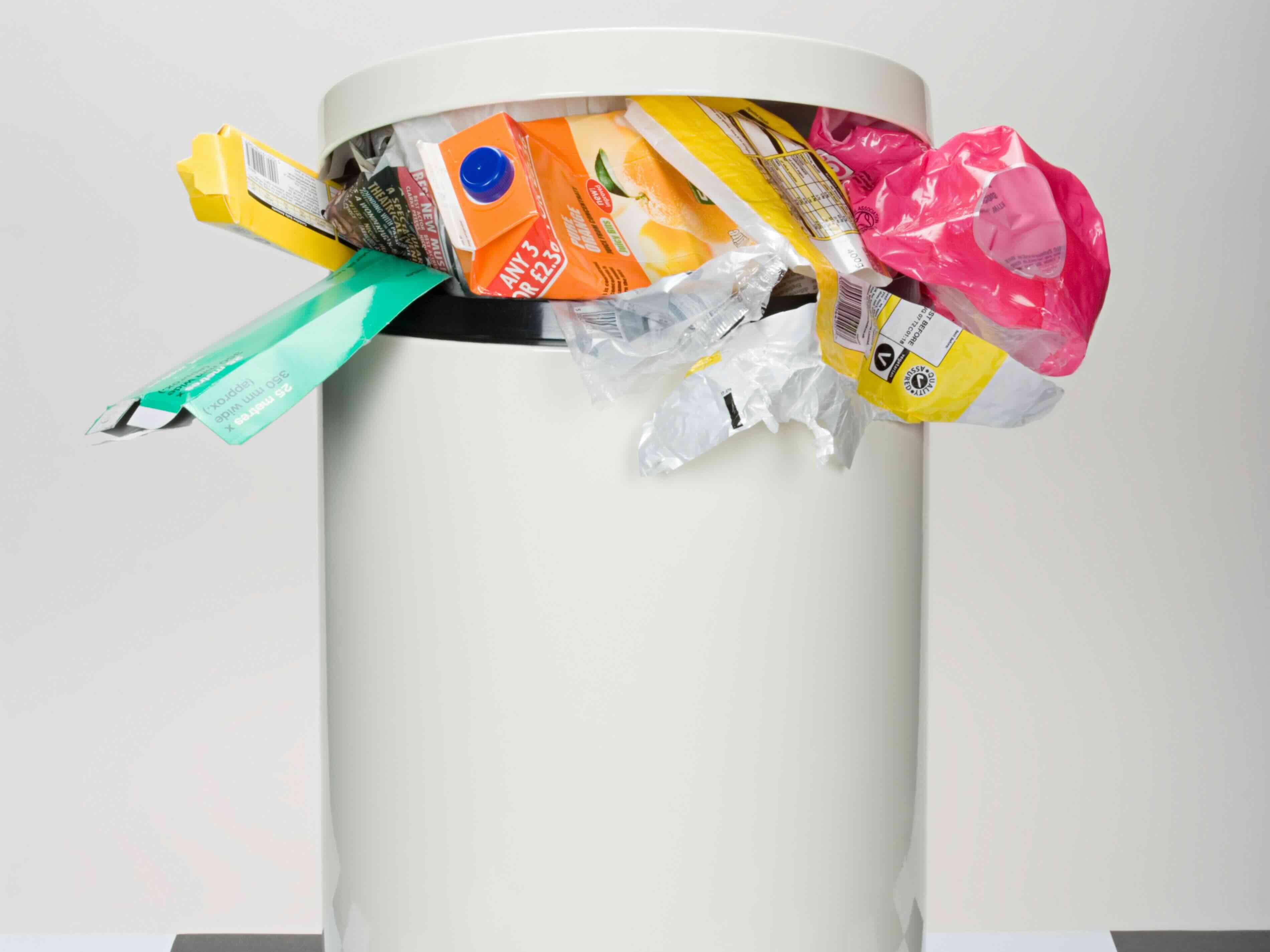
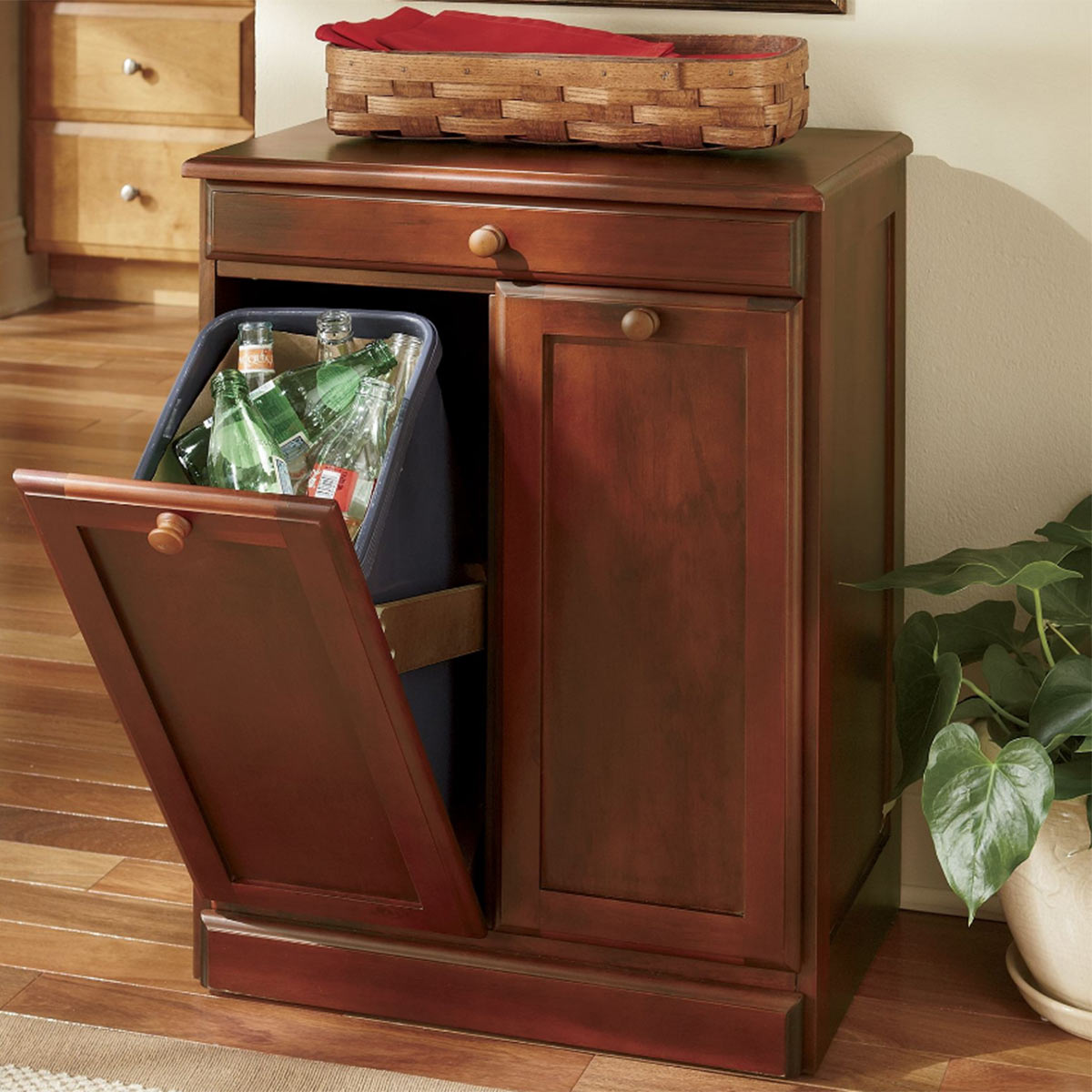
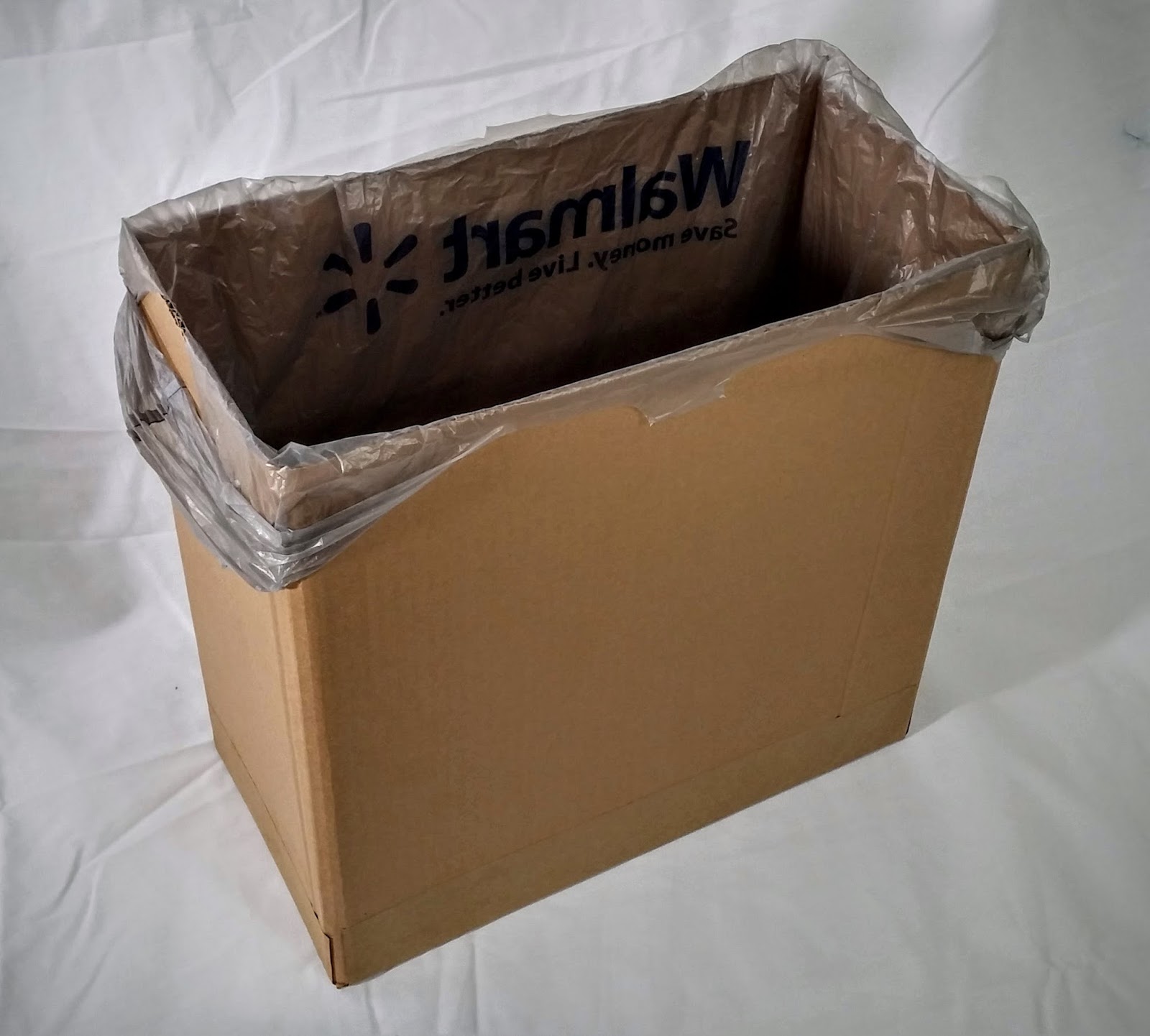
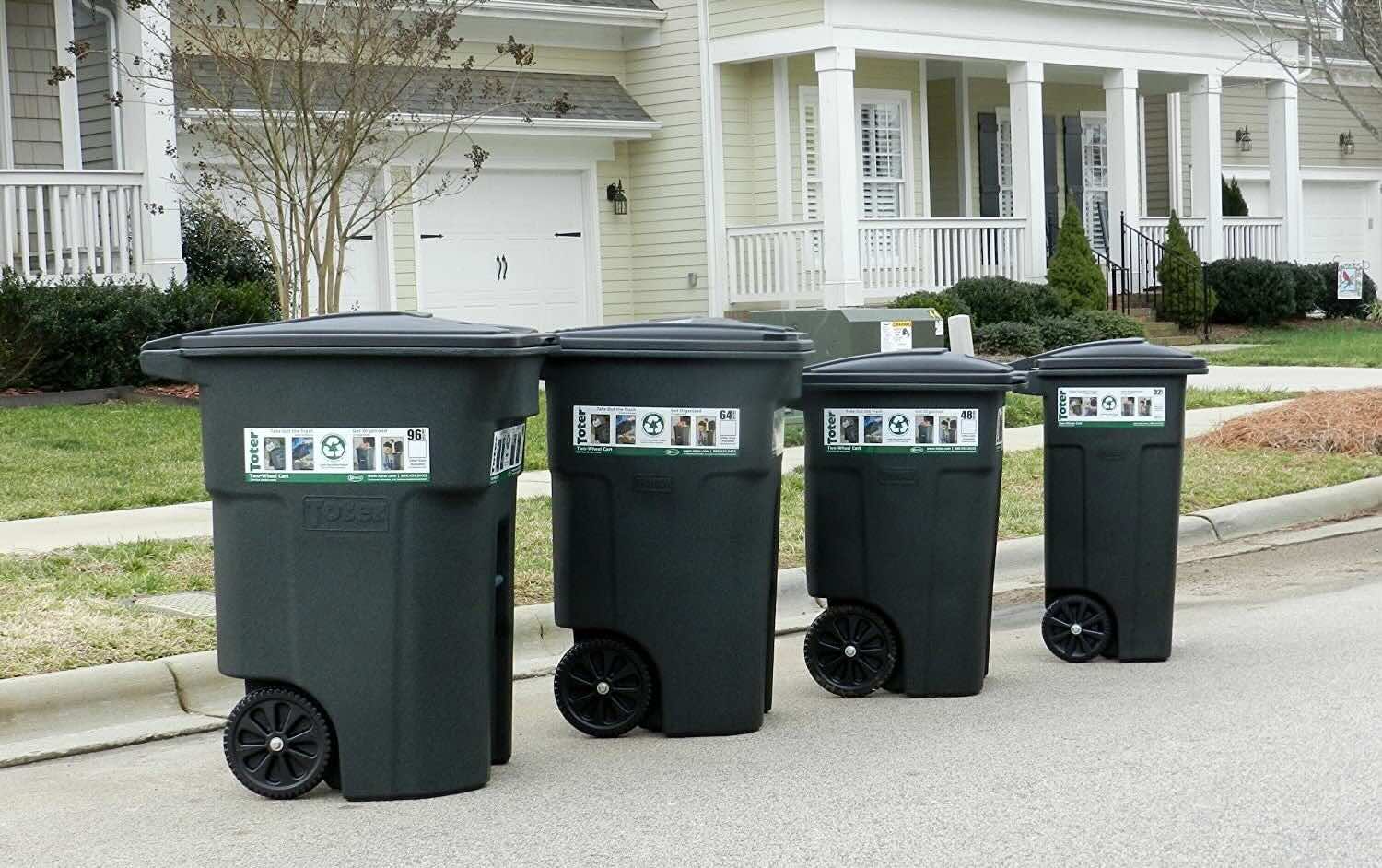
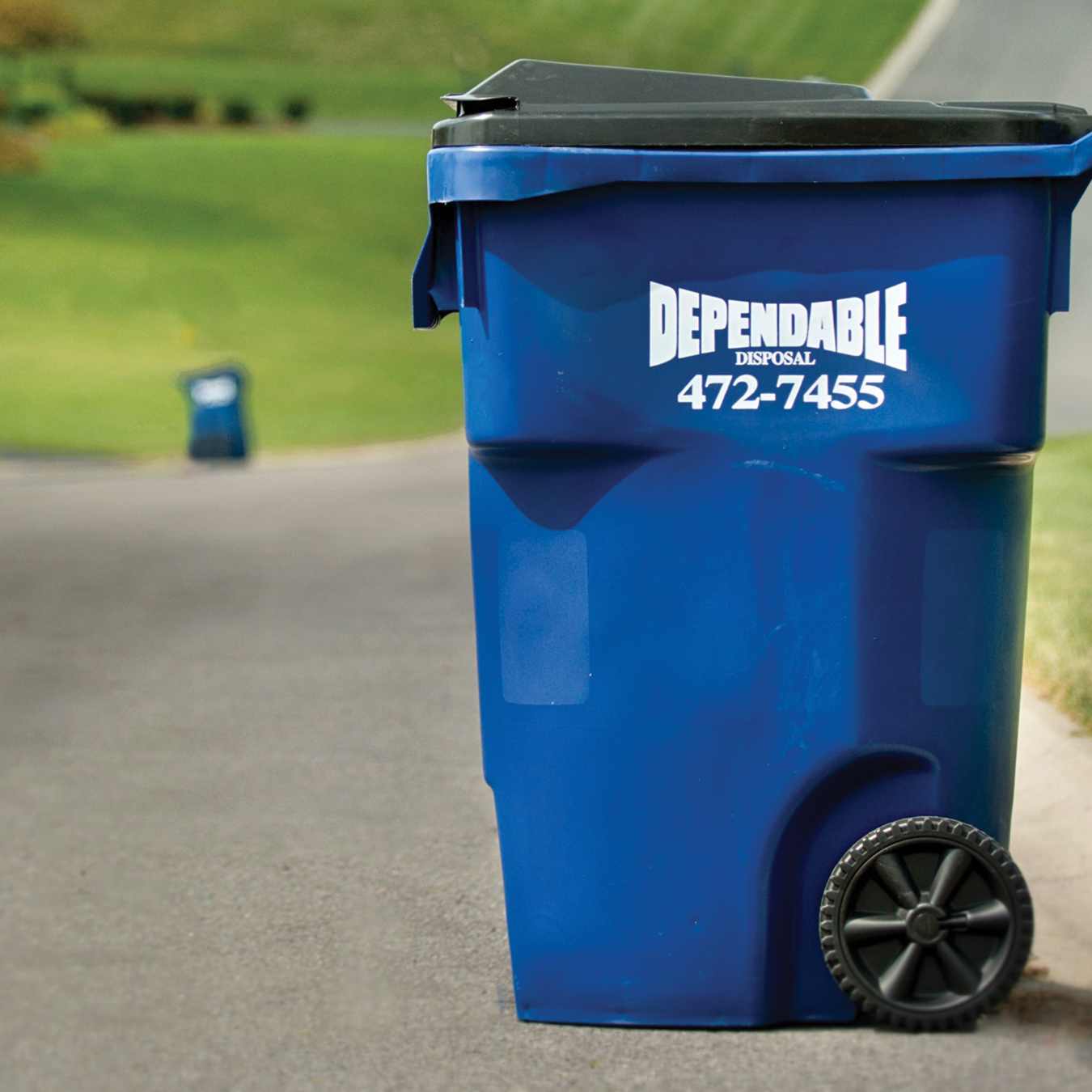
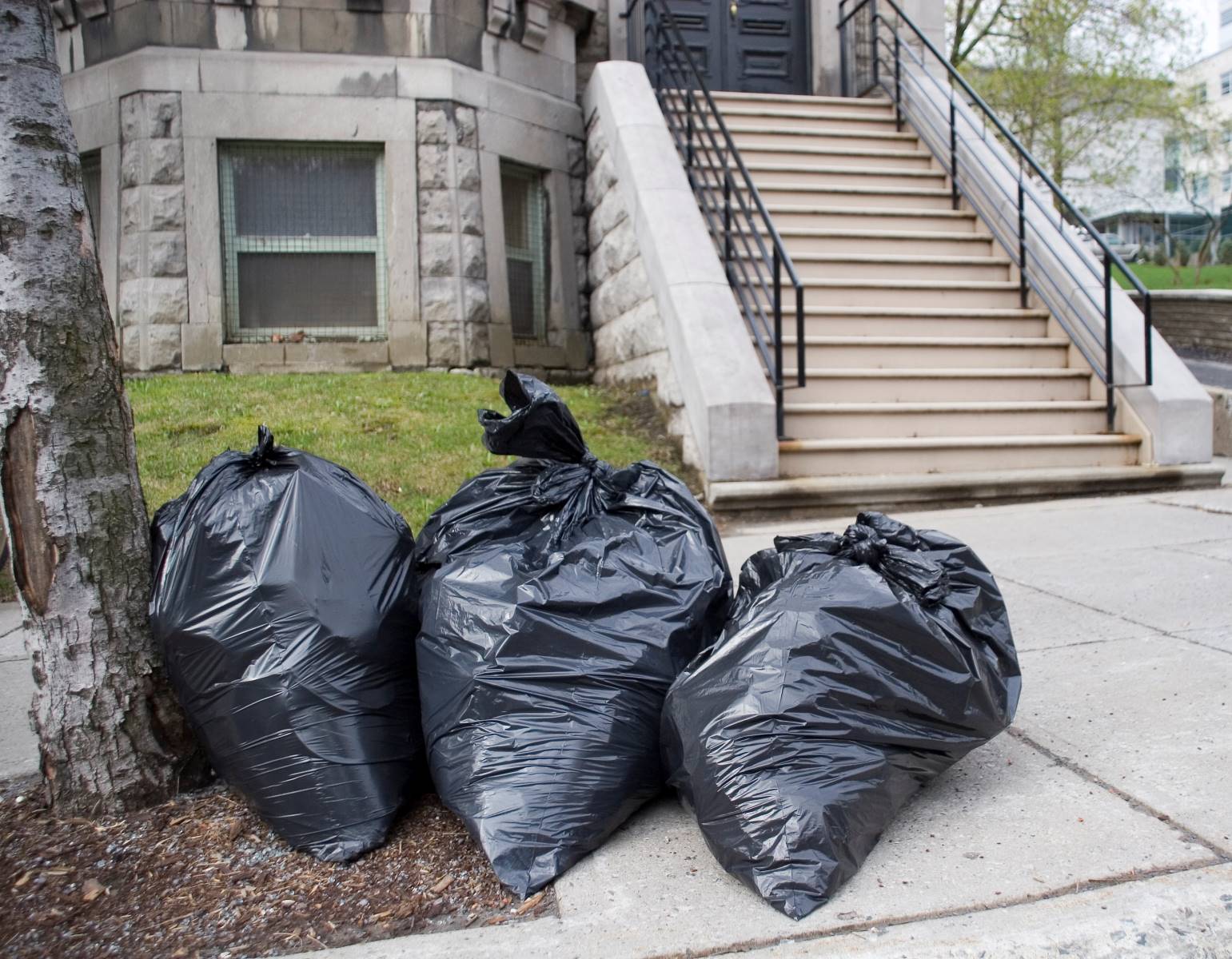

0 thoughts on “How To Prevent Maggots In An Outdoor Trash Can”